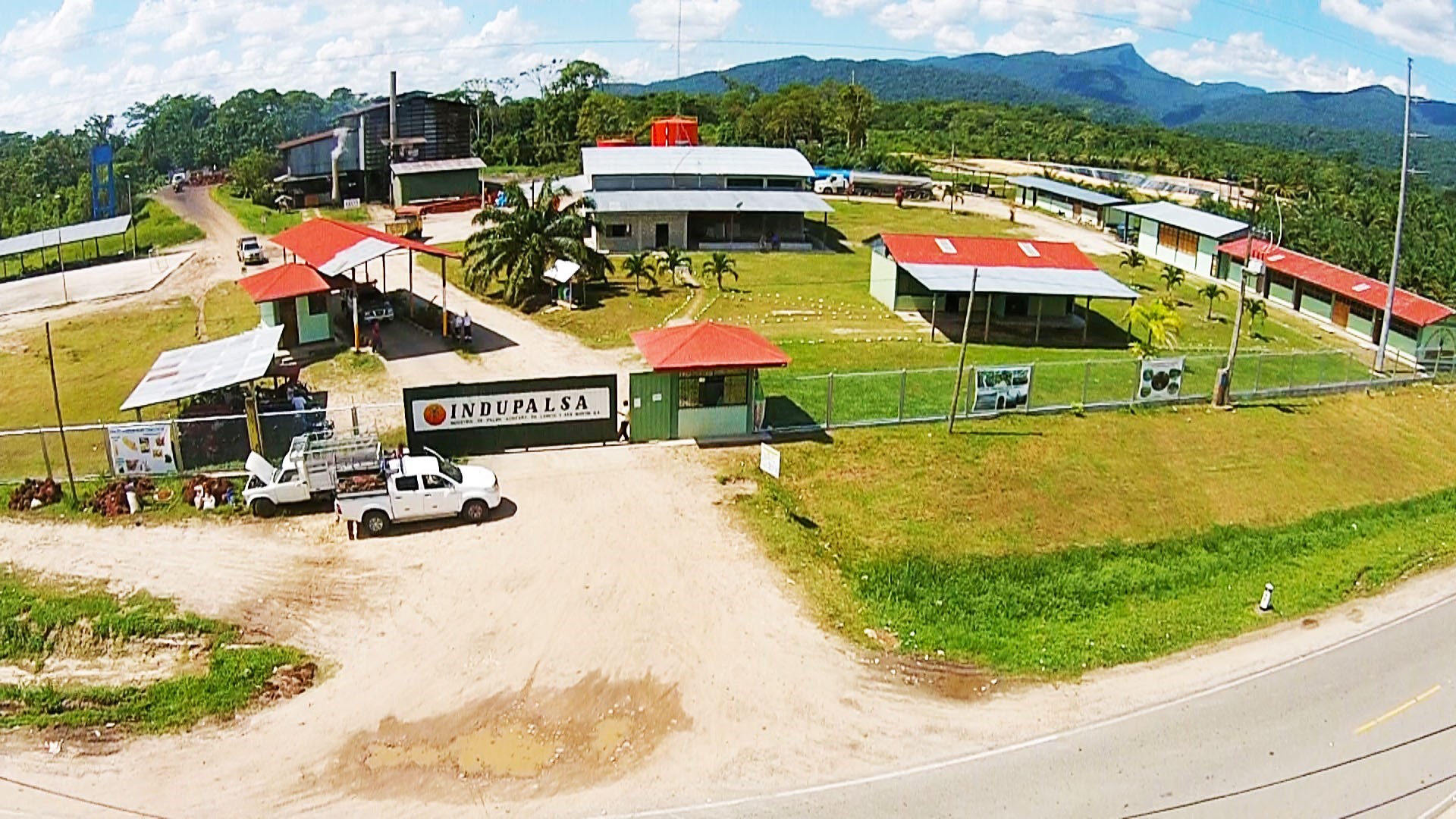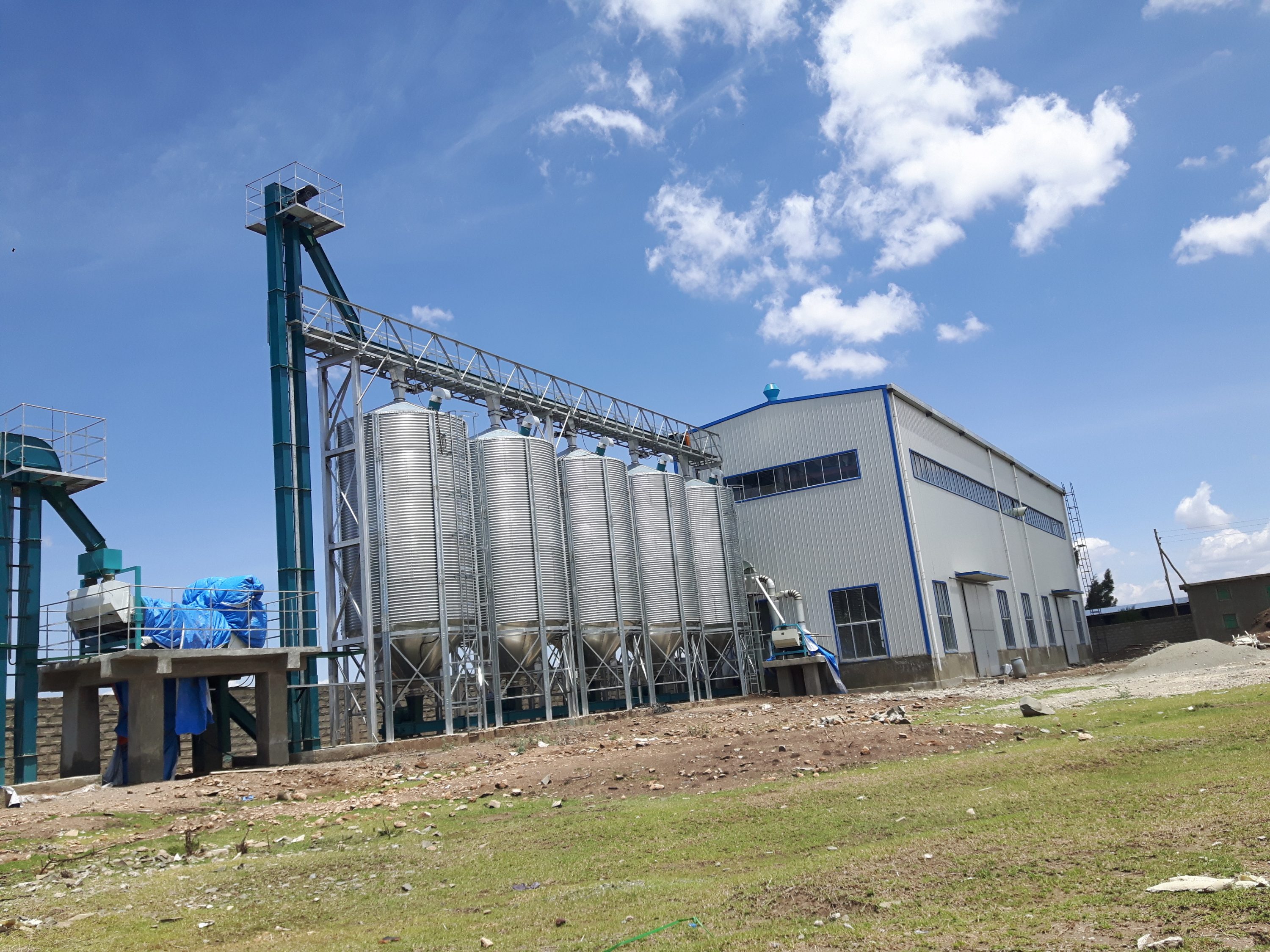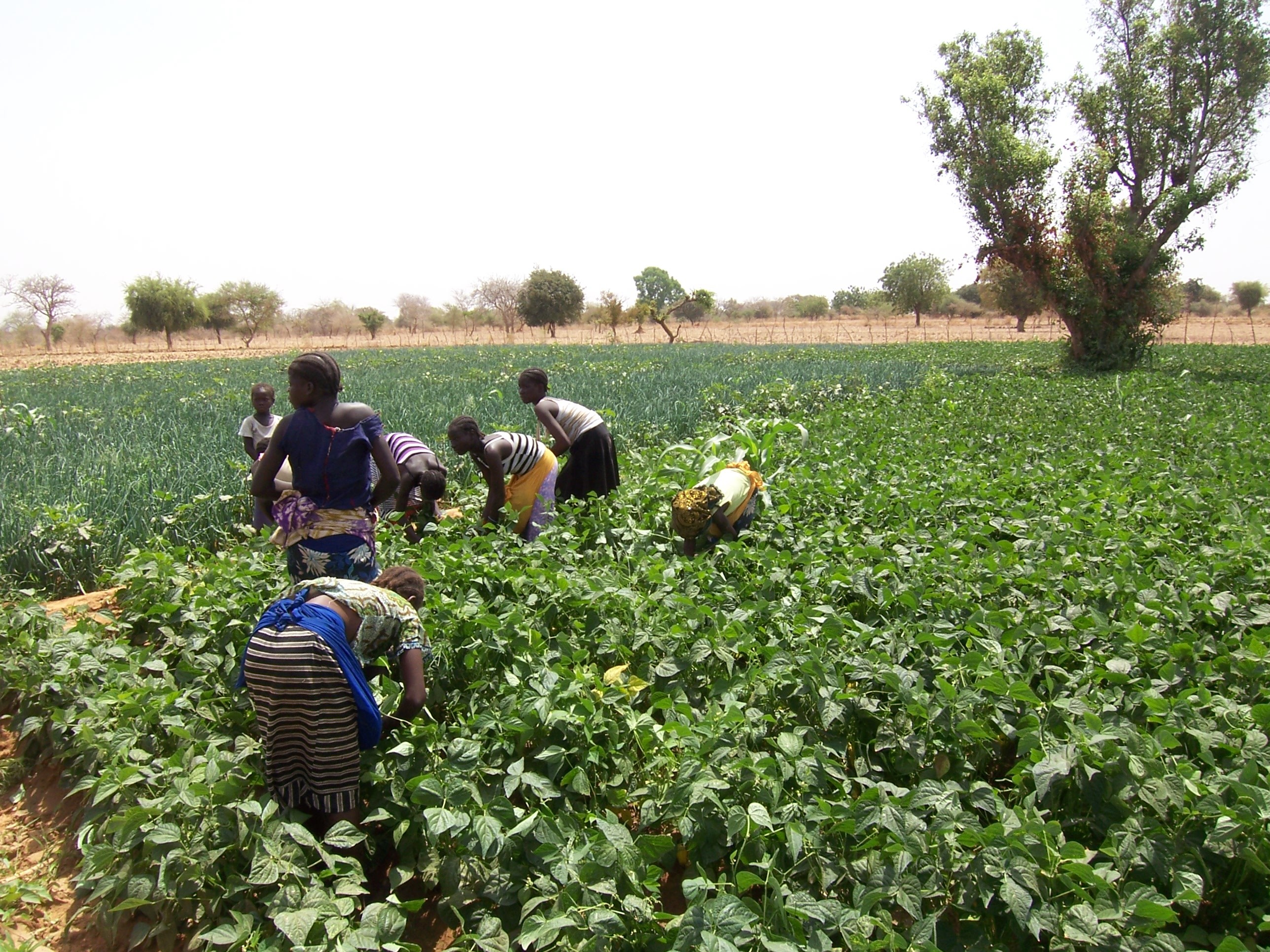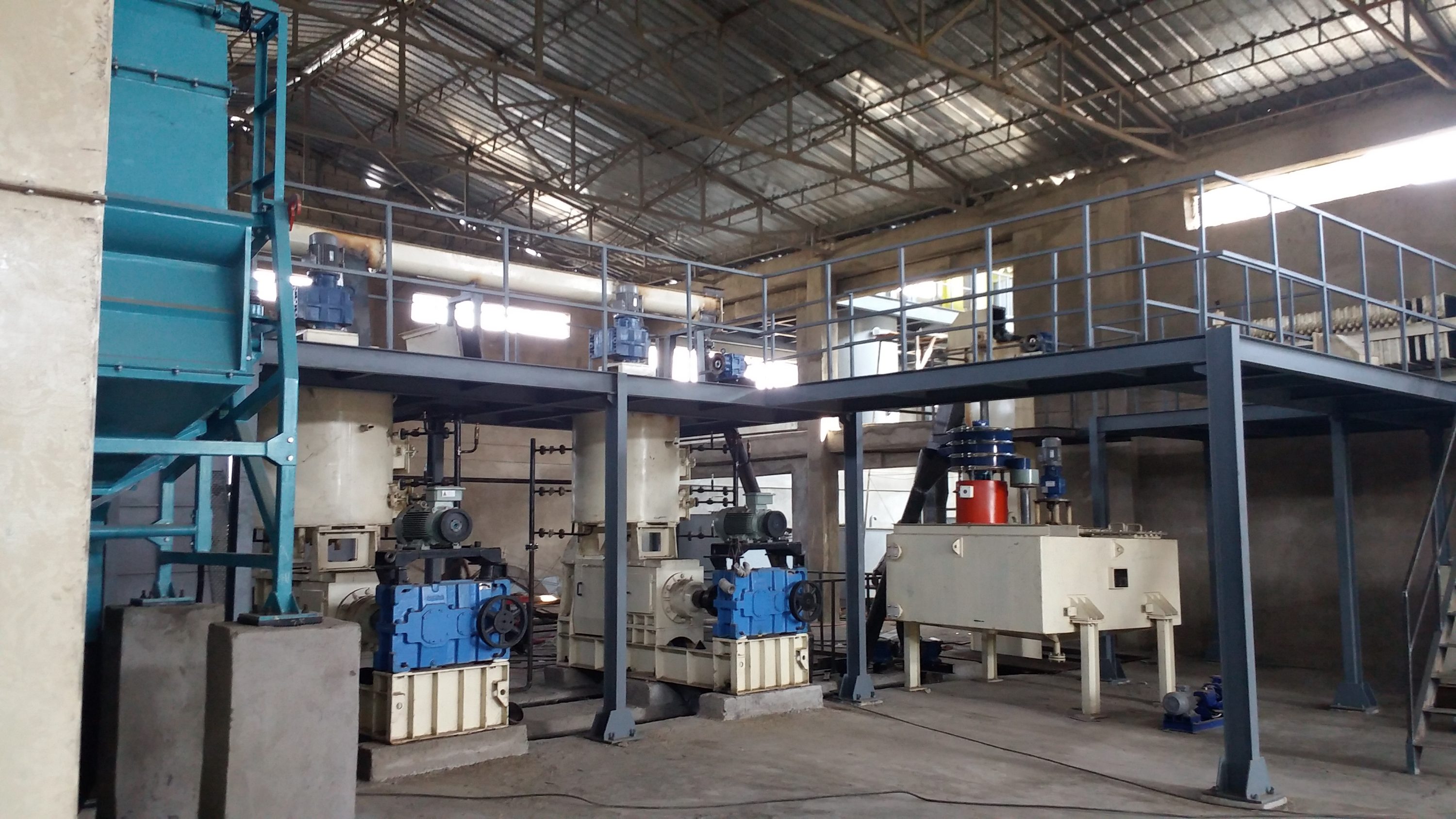Six Elements for a Paradigm Shift in Development Cooperation
Once farmers realize, they do not need to wait for external parties to provide development, a tipping point is reached. The moment they take development in their hands by hard work and investments with their own capital, things will change and the ambitions of the farming families will be achieved. It triggers a quiet revolution, spurs the structural transformation of the economy and -when done massively in associations and cooperatives- economic growth will be boosted, the income distribution will improve and democratic relations may come to prevail. Yet, reality shows many cases of failed transformations, with massive unemployment, food shortages, street riots, migration to urban slumps or abroad. Time to look again at the critical factors of development and revisit the sustainable development goals and the principles of development cooperation.
Structural transformation
Economies based on agriculture, ranching and fisheries or mining, with a huge majority of their population working in these sectors, change over time when economic growth proceeds. This is called the structural transformation of the economy. Continuously, people are moving out of agriculture to find employment in factories, banks or other companies. This structural transformation has already been elaborately theorized and illustrated by Johnston & Kilby in 1975. It continues to happen worldwide and in most countries.
The patterns of structural transformation can vary, depending on the sectoral composition of economies, the size or the insertion in the world economy. Even can regions and small sized countries, or countries with particular resource endowments, show completely different patterns and therefore depart form the normal gradual process that the structural transformation used to be. Yet, taken the world as one economy, the process takes place. Inter-country ranking illustrates the phenomenon, as the changing sector composition of employment over time shows it for each country.
Out of Agriculture
This change implies that agriculture loses relative and eventually absolute importance with respect to emerging new sectors like manufacture and services. The population that in early stages of development is engaged in agriculture, leaves this sector once new options emerge. In high developed countries only a small minority of the economic active population is employed in agriculture, whereas other sectors (services and manufacture) produce more and employ far more people.
In the photo: Indupalsa cooperative palm oil plant Peru Credit: Agriterra
The improvement of productivity in the agricultural sector, once the structural transformation is underway, has everything to do with the exodus of those unproductive smallholders that now work the land, basically because there is no other employment option. Their extreme low productivity reduces the overall sector productivity and once they leave agriculture, economic growth is accelerating as they become employed in sectors where they can make a better economic contribution, also manufacturing goods and providing services that boost further productivity growth in agriculture. So, the development of these other sectors also enables the continued increase of farm productivity, a process that started with the plough but continues even in high developed countries; think for instance of high precision agriculture, the integration of ICT, GPS and blockchain technology in agriculture.
The exodus of people out of agriculture is often seen as a socially undesirable phenomenon, as it is associated with rapid urbanization, formation of slums, unemployment, international migration and even delinquency. Yet, it is just an aspect of the structural transformation which as such is the very nature of development. The associated negative phenomena illustrate that this process, times and again, does evolve in a way that brings so much human suffering that it is hard to decipher as development.
Two Balances
To reduce the awkward effects of the development process, the conservation of the employment balance and the food security balance are particularly important. Both balances are fragile. Obviously, a structural transformation puts them at risk, losing agriculture production relatively and eventually also absolutely ground to other sectors, and employing eventually only 1-2% of the economic active population in agriculture as compared to 80% at the beginning of the transformation. It is hard to imagine that the population changes in this transition would not lead to employment problems. In a similar vein, the relative decline of agriculture can easily jeopardize food production in relation to the demand from the non-farming population. Where there is massive unemployment and foods shortages, street riots and rebellion are not far behind.
How the structural transformation becomes unbalanced, has a lot to do with the development policies. Times and again, governments in an effort to rapidly overcome backwardness associated with an impoverished mass of peasants, invest in state led industrialization. They attract foreign direct investments and import capital goods with a similar tendency of concentrated capital-intensive development mainly taken place near high concentrations of consumers. This focus on FDI still forms part of the current development paradigm that also stands out in the development cooperation, where foreign grants, loans and the operations of multinationals in emerging markets are seen as the critical input to spur development.
Asia vs Africa
Comparing late industrializing countries in Asia and Africa that after World War II had similar levels of development, one observes completely different patterns of development since then. The Asiatic ones, like Korea and Taiwan, were successful thanks to effective governmental investment in agriculture. Investments sources were not only governments, or foreign investors, banks and institutional lenders. A bigger source were the farmers themselves. The highest growth rates were particularly obtained in those situations where governments opted to invest in agriculture and achieved an industrialization that mobilized farmer investments and labour inputs. Therefore, the development of Taiwan was so successful because government and farmers’ organizations co-created the Taiwanese development. In Ethiopia, the number of members of cooperatives in last years has increased with 8%. In that same period, the capital contributions of the members to their cooperatives increased with 50%, lifting with 200 million Euro total member equity. And this capital mobilization among cooperative members is a direct consequence of governmental action to bring the methods for internal capitalisation to cooperatives all over the countries.
In the photo: Raya Wakena cooperative grain processing plant Ethiopia Credit: Agriterra
This spectacular increase in capital contributions, is not only thanks to governmental promotion. It also responds to what Thomas Reardon of Michigan State University calls the quiet revolution. The complete remake of value chains by farmers, traders and local companies, often happening below the radar of governments, banks or NGOs. In the New Delhi area potato growers took benefit of new varieties launched by research centres and the growing demand from the city, to organize the value chain and install with traders, warehouses and cooling cells. Banks only financed 20% of the total investments and the magnitude of the change was not appreciated up to the point that the International Potato Centre was still promoting traditional storage sheds in the region, when farmers bought modern cooling facilities. It is the expression of progress in the structural transformation where incomes raise in both urban and rural areas, allowing city dwellers to increase demand and farmers to invest.
However, times and again the structural transformation fails, as it does up to now in many parts of Africa. The World Economic Forum in its Africa competitiveness report 2015 emphasizes the importance of a successful structural transformation. “The slow productivity growth in agriculture is also constraining Africa’s structural transformation process and economic diversification. As reported in several studies on structural transformation, reliance on subsistence production and weak productivity growth in the agriculture sector prevents the workforce from moving out of this sector into manufacturing and services. Globally, countries that have developed successfully are those that have shifted their resources from agriculture to manufacturing. However […] this is not the case for Africa, where labour tends to move more into services, in particular trade, rather than into the manufacturing sector. Given the low productivity in services and the prominence of the informal service sector, this current pattern of structural transformation nor will yield sustainable income growth for the majority of people, neither will it lead to economic development. Inclusive growth and higher income for the majority requires higher productivity in labour-intensive sectors, including agriculture.”
How to move further on the road of development? How can it become inclusive development and overcome this stagnation in structural transformation? This requires specific policy measures, especially in view of preserving the food and employment balance. Policies and actions to detect where a quiet revolution can be triggered. I list a few. Together they constitute a paradigm shift in development thinking and in development cooperation.
- Differentiate among rural dwellers
In an address to the ‘Food First Conference on the Future of Farming and Food Security in Africa’ celebrated in Utrecht in 2016, Ishmael Sunga challenged the often ousted vision that all smallholders are farmers or even entrepreneurs.
Sunga is CEO of the Southern African Confederation of Agricultural Unions. According to him, only a lesser part of the farmers is to be considered agrarian entrepreneurs. He urged development cooperation to differentiate and approach different types of rural dwellers differently. Farmers that are agrarian entrepreneurs need support in business development and loans, while others might need social programs up to a point where they will be included in other sectors of the economy.
On this road to development, the number of farmers that can stand the complexity of the market and the exigencies of the technological progress, will dwindle. More and more of them step out of agriculture. This is a natural process which has given many of us with a family history in farming new opportunities in life. Therefore, it is no judgement, as most of us or our ancestors left agriculture and opted for secure employment in manufacture or services. Only those farmers, with an appetite to farm will prevail.
- Take into account the environmental costs of poverty
There are worldwide 200-500 million rural dwellers that use devastating shifting cultivation techniques and are, as we speak, responsible for a 50% of the worldwide greenhouse effect. In many areas in the tropics, from Mexico to Indonesia the skies turn grey of smoke, in the months before the rains are expected. Land is cultivated temporarily, then abandoned and allowed to revert to their ‘natural vegetation’ while the cultivator moves on to another plot. The overall productivity of the agricultural sector in many developing countries is very negatively influenced by the extreme low productivity of this type of slash-and-burn agriculture.
In the photo: Farmers in Burkina Faso Credit: Agriterra
These shifting cultivators are a large part of the 1,4 billion smallholders. More than farmers, they are rural dwellers subsisting in agriculture until better employment options emerge. Development leading to a structural transformation of the economy, will present this group with the opportunity to step out of agriculture and find employment in other sectors. This has very positive effects on climate and environment, and of course on the development of the country.
Modernization of agriculture is by some perceived as a treat to ecology and climate. This so, because in the recent economic history of developed countries environmental issues arose. Technological development and farmer investment in the last three decades have countered these negative effects largely. From a development perspective, the ecological danger is, in fact, on the other extreme of very low technologically developed agriculture in developing countries.
In pushing the structural transformation, the strong reduction of destructive land use signifies the bigger contribution to climate and environment friendly agriculture. Increasing agricultural productivity reduces land use and leaves more land for nature. Not technological environmental development, but the lack of it, is responsible for the lack of ecological balance in developing countries.
- Revisit Sustainable Development Goals
Following the sustainable development goals of the United Nations, inclusive development is summarised as ‘leaving no one behind’. And, erroneously, when talking about agricultural development, many scholars and practitioners still interpret inclusive development as if all those currently employed in agriculture must stay there. Structural transformation illustrates that this is not the case.
From this erroneous belief, new policy errors derive: that agriculture should become sexy to achieve that the youth stays in agriculture. And, that an exodus out of agriculture means urbanisation, so that this migration should stop in order to reduce urban congestion.
- Youth. It’s all about employment
Due to increasing life expectancy, farmers tend to live longer and therefore stay longer on the farm. This reduces the pace of succession and limits the possibilities for young farmers to start a farm of their own; so many youngsters indeed try their luck in the cities. Not all stay there; about 25% of those who once left return to their homesteads and engage in agriculture again. Contrary to common concern, it is not so much the youngsters leaving agriculture, but those who are returning, that constitute the problem: And this problem is called unemployment, and it is becoming the 21st century’s plague. Job creation outside of agriculture is the number one challenge, particularly in rural areas.
In the photo: Worker in Coopecan Alpaca Wool cooperative Peru Credit: Agriterra
So, the combination of older farmers staying on the farms and rural youth migrating to cities raises the question of how to make agriculture attractive, even sexier, for young farmers. That, however, is not the issue. Think of a typical rural family of parents with five children, where more than one of the children remains in agriculture. This means, once the parents hand over the farm, a further subdivision of the already small plot must take place. Agricultural development, instead, needs the consolidating of farms and this means that many currently engaged in agriculture must leave the sector and find employment in other sectors – be it manufacturing or services. It also needs succession laws that guarantee the integrity of the farm by handing it to one heir, with compensation for the other siblings. It needs arrangement for children to start managing the farm, long before the parents die.
- Invest in rural industrialization
Then again, in the debate, leaving agriculture has become synonymous with migrating to cities and even abroad. However, the real issue is that structural transformation of the economy – from an agrarian to a modern one – is getting most people engaged in manufacturing and services and these can also be established in rural areas.
In the photo: Admas edible oil processing cooperative Ethiopia Credit: Agriterra
This is where farmers’ organisations come in, as potential drivers for development, enhancing economic growth, income equality and democracy. Their policy options and concrete actions point to farmer-led rural industrialisation in cooperatives, creating employment opportunities in rural areas that go beyond the farm. Out of agriculture, with the correct policy measures and farmer-led initiatives means rural investments for manufacture and services close to the farms. When done by promoting cooperatives, farmers will also mobilize their own labour and capital in a quiet revolution, albeit sometimes stimulated by governments or development agencies. They themselves, will thus speed growth and employment creation, as happens -as we saw- in Ethiopia.
- Promote and strengthen cooperatives and farmer organisations
The positive impact of farmer association on the structural transformation goes beyond the quality of individual cooperatives or associations: The very fabric of social-economic associations – their horizontal and vertical integration into federal structures and higher-level cooperatives, their participation in various bodies for dialogue, cooperation and joint implementation (with entities of the state or other social groups) – has a beneficial effect on macro-economic growth. Farmers’ organisations improve inter-sectoral and interregional income equality and the general state of democracy of a country. This happens particularly in countries with a high proportion of organized farmers and with a wide network of farmer associations and cooperatives. And, this happens even when part of the individual associations and cooperatives perform sub-optimally.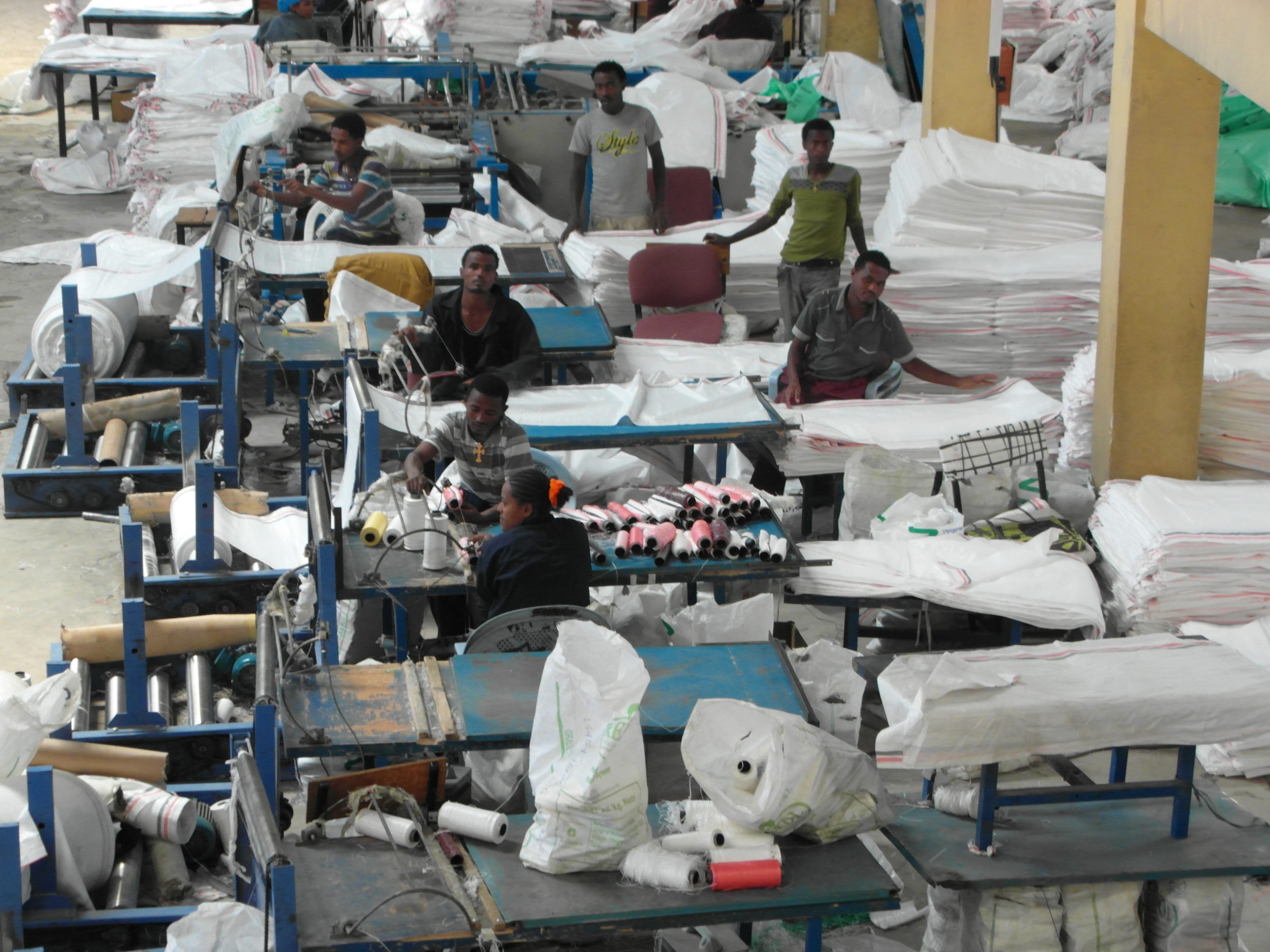
In the photo: Becho Woliso packing sacks cooperative facility Ethiopia Credit: Agriterra
This argument is further elaborated in ‘Growth, democracy and income equality: Cooperatives: the development impact beyond membership benefits’ (Blokland & Schuurman in: Cooperatives, Economic Democratization and Rural Development. Jan 29, 2016. Edward Elgar Publishers, London / New York). In that article, the crucial mechanisms are described in more detail to show clearly how farmers’ organisations are beneficial for the development process.
The tipping point
The combination of six elements presents a new view on development cooperation. It takes working with the flow as its premise. The structural transformation is a fact. No longer prevails the idea of remaking society and create an alternative economy. It is now about inserting in the ongoing structural transformation and promoting the critical factors that might spur a quiet revolution, undoing in that way the unbalances in food supply and employment that accompany a failing transformation. These critical factors are: farmer organisation, formation of cooperatives, assistance in business planning for rural manufacture and services, promotion of internal capitalisation, linkages with governments, off-takers and technology providers. Very crucial is the transfer of the top-notch knowledge about agricultural techniques, management and organisation in an innovation lab setting. Nor more grants, neither project management that takes away the initiative from those who are the actors of development, the farmers. Linking farmer and cooperative leaders from their country, region and from the world by promoting a farmer-to-farmer and co-operator-to-co-operator exchange, training and mutual advice, has proven to be key.
Once farmers realize, that they do not need to wait for external parties to provide development, a tipping point is reached. The moment they take development in their hands by hard work and investments with their own capital, things will change according to the ambitions of the farming families. A farm leader in the new opened Raya Wakena in Ethiopia grain processing facility told me: “Once we contributed as primary cooperative to the establishment of this plant, I understood the trick. When we needed a harvest combiner in my cooperative, I told the members to gather half of the money needed and the rest we borrowed from the bank.”



